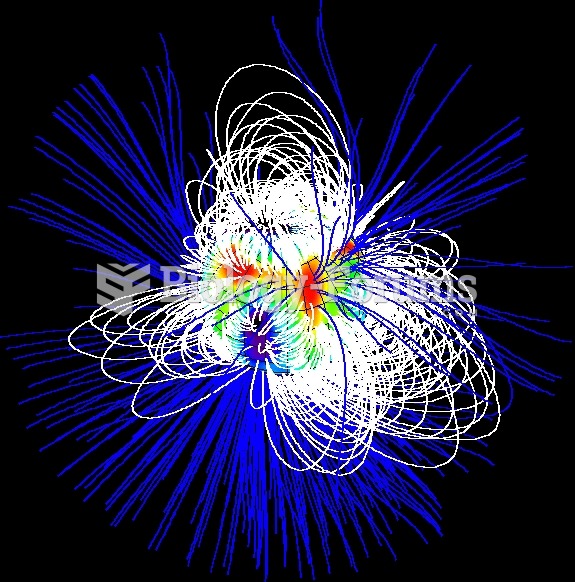|
|
|
Increased intake of vitamin D has been shown to reduce fractures up to 25% in older people.
The heart is located in the center of the chest, with part of it tipped slightly so that it taps against the left side of the chest.
A serious new warning has been established for pregnant women against taking ACE inhibitors during pregnancy. In the study, the risk of major birth defects in children whose mothers took ACE inhibitors during the first trimester was nearly three times higher than in children whose mothers didn't take ACE inhibitors. Physicians can prescribe alternative medications for pregnant women who have symptoms of high blood pressure.
The horizontal fraction bar was introduced by the Arabs.
Multiple experimental evidences have confirmed that at the molecular level, cancer is caused by lesions in cellular DNA.







